Introduction
Before this article, we sent our sales manager into the pain-cave to test the effect of a thorough warm-up before a challenging workout. The examples are based on Jesper’s physiology, and he will share his experiences with you.
We often mention why warming up is essential in ensuring that you are ready to receive high-intensity training. We have always believed that warming up would improve training, and with GRASPOR, we can quantify the improvements.
Are you one of those cyclists who never warms up or only warms up before a time trial or a tough race? Then it might be a good idea for you to keep on reading because we think you will be as surprised as we have been.
Our subject
Hi, my name is Jesper Vinkel. I am the sales manager for GRASPOR. In my spare time, I love cycling and have always enjoyed riding my bike. I raced at a high level throughout my youth and early 20s, including a few years at the continental level.
I had never practised warming up before I started using GRASPOR in my training. You can read my conclusions about my own lack of warming up before training for ten years in the end… But first, I want to take you through my two training examples.
How we did it
I chose to ride two identical workouts. One contained my optimal warm-up protocol, the other just 8 minutes at a steady pace and no particular warm-up protocol.
After the warm-up, I did the same interval set consisting of 5 repetitions of 3 minutes at 310 watts with 1 minute at 150 watts in between as recovery. 310 watts correspond to the low end of zone 4.
From the summer of 2020 to January 1st 2021, I haven’t ridden my bike more than five times. Since January 1st, however, I have completed structured training with GRASPOR. Over the last four-and-a-half months, I have perfected the protocol below to fit my warm-up and achieve adequate oxygenation to the muscles before I begin my intervals:
-
- 8-minute easy start effort at 150 watts
- 3-minute progressive effort starting at 200 and ending at 350 watts.
- 1-minute rest at 100 watts.
- 3-minute progressive effort starting at 200 and ending at 350 watts.
- 1-minute rest at 100 watts.
- 2x 8-second sprints at 650 watts.
Workout with warm-up
The warm-up
The picture to the right shows the workout, where I did my warm-up protocol before the intervals. The first 26 minutes is the warm-up protocol you just saw above. The protocol begins with 8 minutes at 150 watts, where the oxygenation increases. This increase is due to the heart being activated, after which it pumps harder and more often. At the same time, the blood vessels expand so an increased amount of blood can flow out into the muscles.
After the 8 minutes, I do two repetitions of 3 minutes, starting at 200 watts and progressively increasing the effort to 350 watts. The 350 watts is just above my threshold, and I stop here to not over-stress the muscles during the warm-up.
During the progressive effort, my oxygenation is still rising due to blood vessels continuing to expand, causing the total amount of blood in the muscle to increase. In addition, the more challenging efforts during the warm-up increase the muscles’ ability to draw oxygen from the blood vessels and into the muscle. To prepare for the intervals, the amount of oxygen must be sufficient. Still, the muscles must draw the oxygen from the blood. The muscles use the oxygen to produce the energy that allows the muscle to contract and deliver force into the pedals.
To give the last boost to oxygen transportation from the blood vessels to the muscle, I do 2x 8 seconds at 650 watts and a cadence above 110 rpm. To finish and recover after the warm-up, I pedal easily at 150 watts, so my oxygenation stabilizes, which indicates that I am ready for my intervals.
Workout results
During the first 3-minute interval at 310 watts, I had a 51.8% Muscle Oxygen average. Through the subsequent five efforts my Muscle Oxygen increases, and reaches an average of 56% during the fifth repetition. This increase means the stress on my muscles decreases over the five repetitions. To keep the same stress on my muscles, and my training quality, i should have increased my power output.
The picture below shows how the yellow graph (deoxygenated haemoglobin) drops during the five intervals. When my deoxygenated haemoglobin drops, my total muscle oxygen will rise. The main thing that can cause the deoxygenated haemoglobin to drop is that my muscles’ ability to activate increases, and the amount of energy needed to create an activation is smaller. And if the amount of energy needed is smaller, the demand for oxygen decreases.
The workout without warm-up
The “warm-up”
The picture above shows the workout, where I did not practice warming up based on my protocol but instead did 8 minutes with an average of 200 watts.
Workout results
During the first 3-minute effort at 310 watts, I had a 46.4% Muscle Oxygen average. In the last effort, my Muscle Oxygen had dropped to an average of 41%. This means that the stress on my muscles increases significantly through the five efforts. The oxygenation is so low due to the blood supply being insufficient before beginning the efforts. The blood supply is low because my heart was not sufficiently activated for strenuous exercise. In addition, my blood vessels were not sufficiently dilated for a sufficient amount of blood to transport oxygen to the muscle.
Further, the muscle’s ability to absorb oxygen from the capillaries and over to the muscle was also insufficient.
You can see the consequence of starting intervals without adequate warm-up in the image below. When the first interval begins, the oxygenation is at a level that corresponds to my zone 6 based on the Muscle Oxygen threshold test I did a week before. During the remaining efforts, the oxygenation decreases further, and the deoxygenated haemoglobin increases. This increase means that more energy and more oxygen are needed for the muscle to deliver the same power into the pedals. If I had more efforts afterwards, I most likely would have been unable to maintain the power.
The table below shows how I move from lower zone 4 to zone 3 in the workout where I warmed up, even though I were producing the same power. On the other hand, during the training without warming up, I am actually working in zone 6 instead of zone 4 as planned.

With a good recovery and warm-up, I can maintain 310 watts for about 1.5 hours. I will not start to accumulate lactic acid until 50-70 minutes into the effort. However, attempting the same without warming up, I experienced acid build-up after 2-2.5 minutes.
It is quite frightening that I actually produce zone 6 level stress on my muscles when producing zone 4 power. This fact has made me think about how that impacted my time as a cyclist.
What can I conclude from the fact that I have not practised warming up in my many years as a cyclist? What could I have achieved, and how has this affected my body and muscles?
First of all, I’m annoyed at not being aware of these benefits until a year-and-a-half after I stopped my active career.
My training stress has been significantly higher than what had been planned by my coach. In addition, it is essential to realize that over-stressing your muscles lead to a snowball effect. If you have over-stressed your muscles one day, the next day, you will need an even better warm-up. If you also skip it on the second, the stress will increase further. So by skipping the warm-up one day, the fatigue of your muscles can be much greater than expected and require a much longer recovery than expected. So basically, I have spent a lot of time on the bike, which has given me less benefit than expected. When I did intervals and expected I would become stronger, I have fatigued my muscles more, preventing the total gain of my training.
In addition, a funny side note, but which has a proper context.
In 2015-2017, I had nothing next to my cycling, and I spent an incredible number of hours on the bike and trained hard. But in 2018, I started studying and even got a student job. At the same time, I was racing at the same level as the years prior. I trained less than half the number of hours in 2018 compared to the previous years. Still, 2018 and 2019 were the years I started to compete in the top of the Danish A-class and even took some wins.
Was it because I lowered the hours and did not overload my muscles due to lack of warming up? After the last four-and-a-half months, where I have practised warming up and trained based on my oxygenation with GRASPOR, I think so. What do you think? And what about your performances? Maybe it is time for a training upgrade?
In the next article, we will look at the effect of warming up again. However, this time focusing on longer endurance rides. Sign up for our newsletter to receive a notification about when I have been in the pain cave again!
Our findings are backed by researchers from the University of Chester who argues that including short bursts in your warm-up could improve performance by up to 10%
If you want to read further on the subject, you can read more here.
Thanks for reading!
See you #GRASPORING on the road.
/ Jesper
Continue leaning about GRASPOR with our oher articles






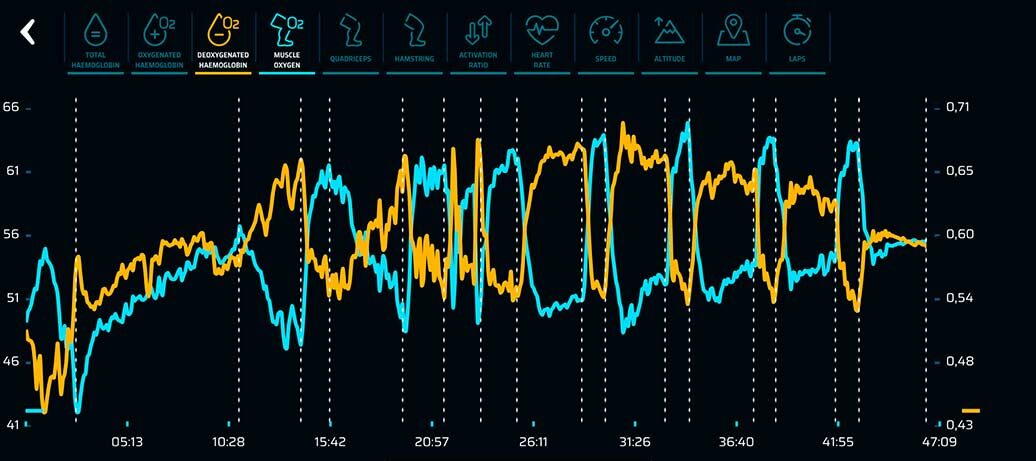



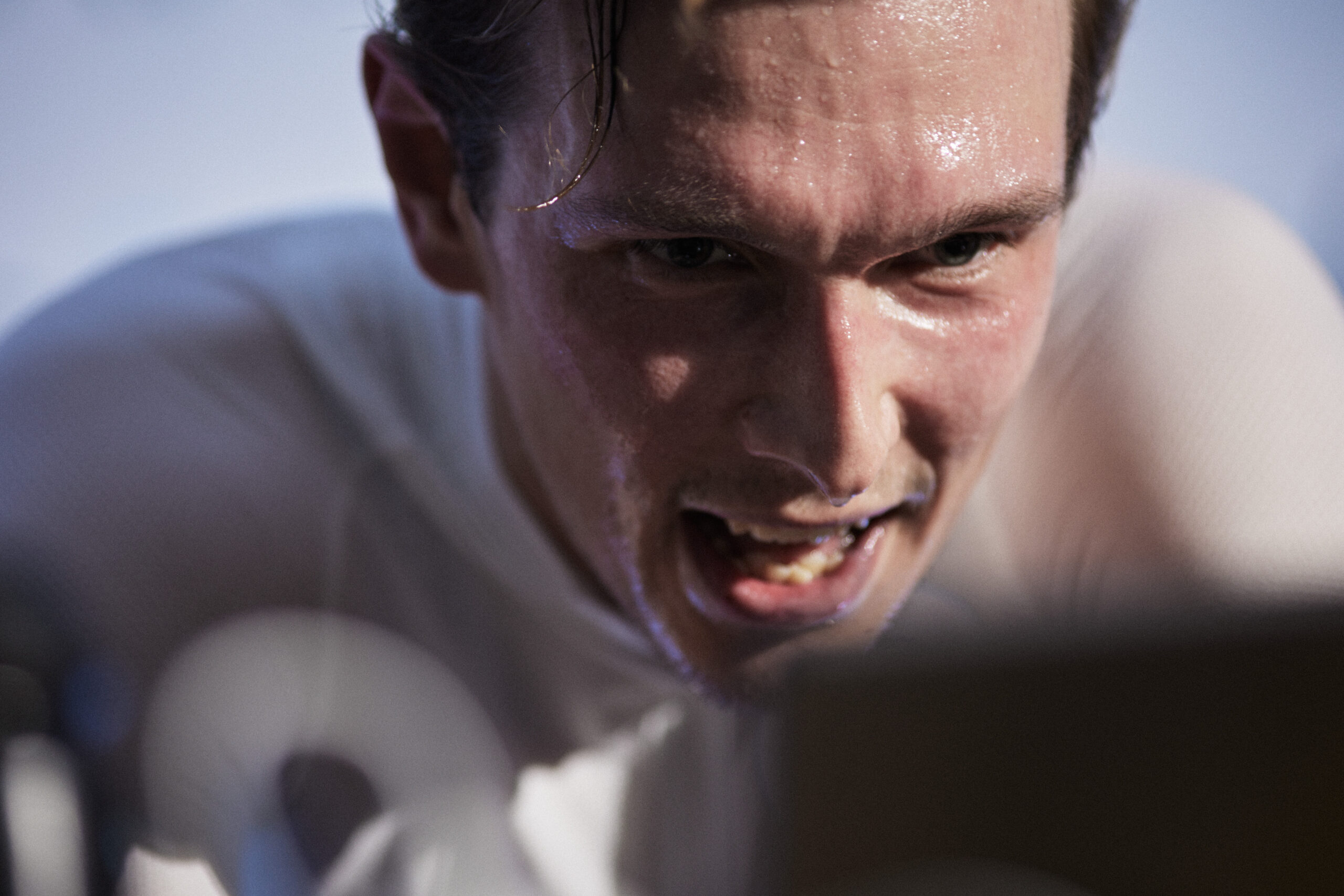


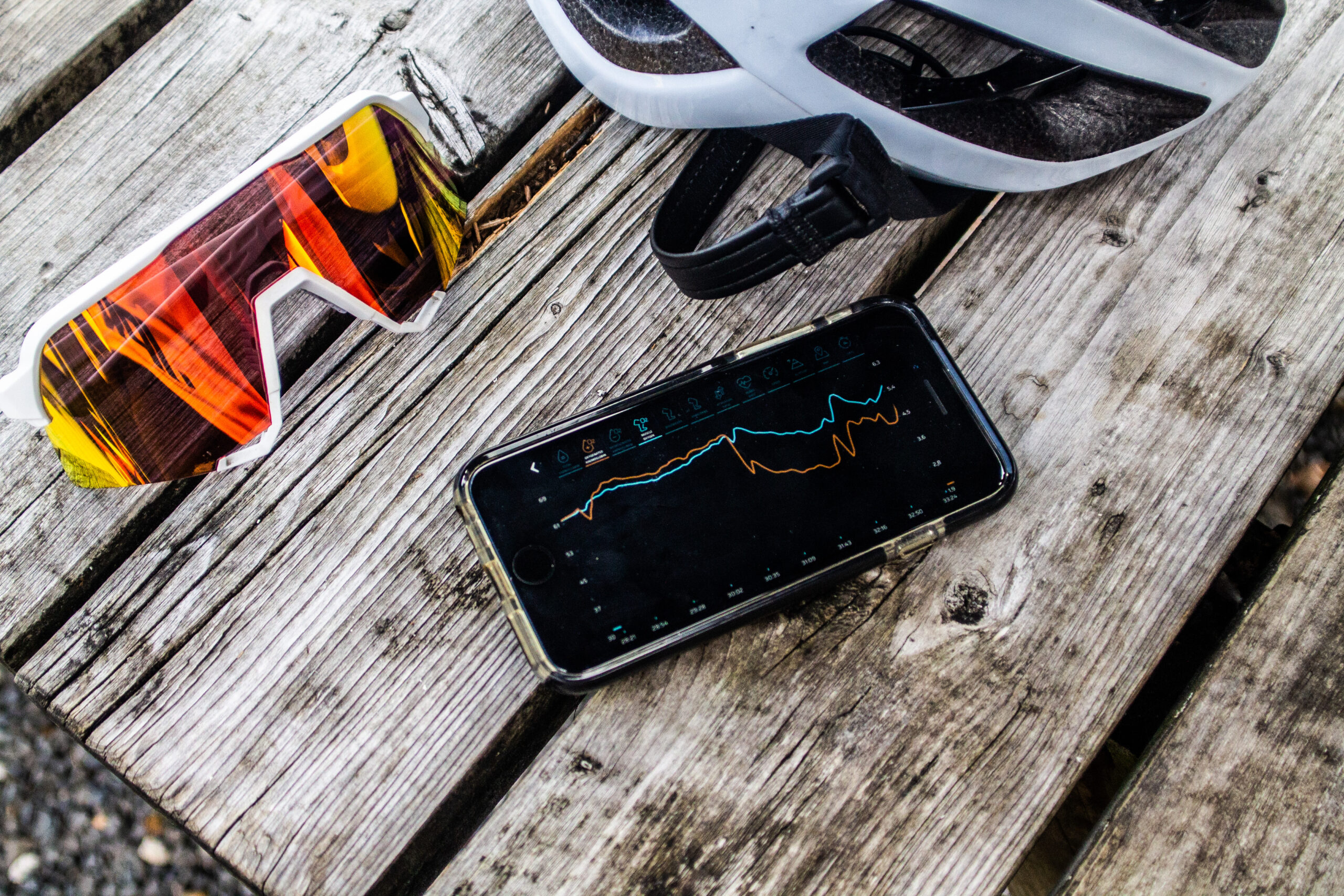
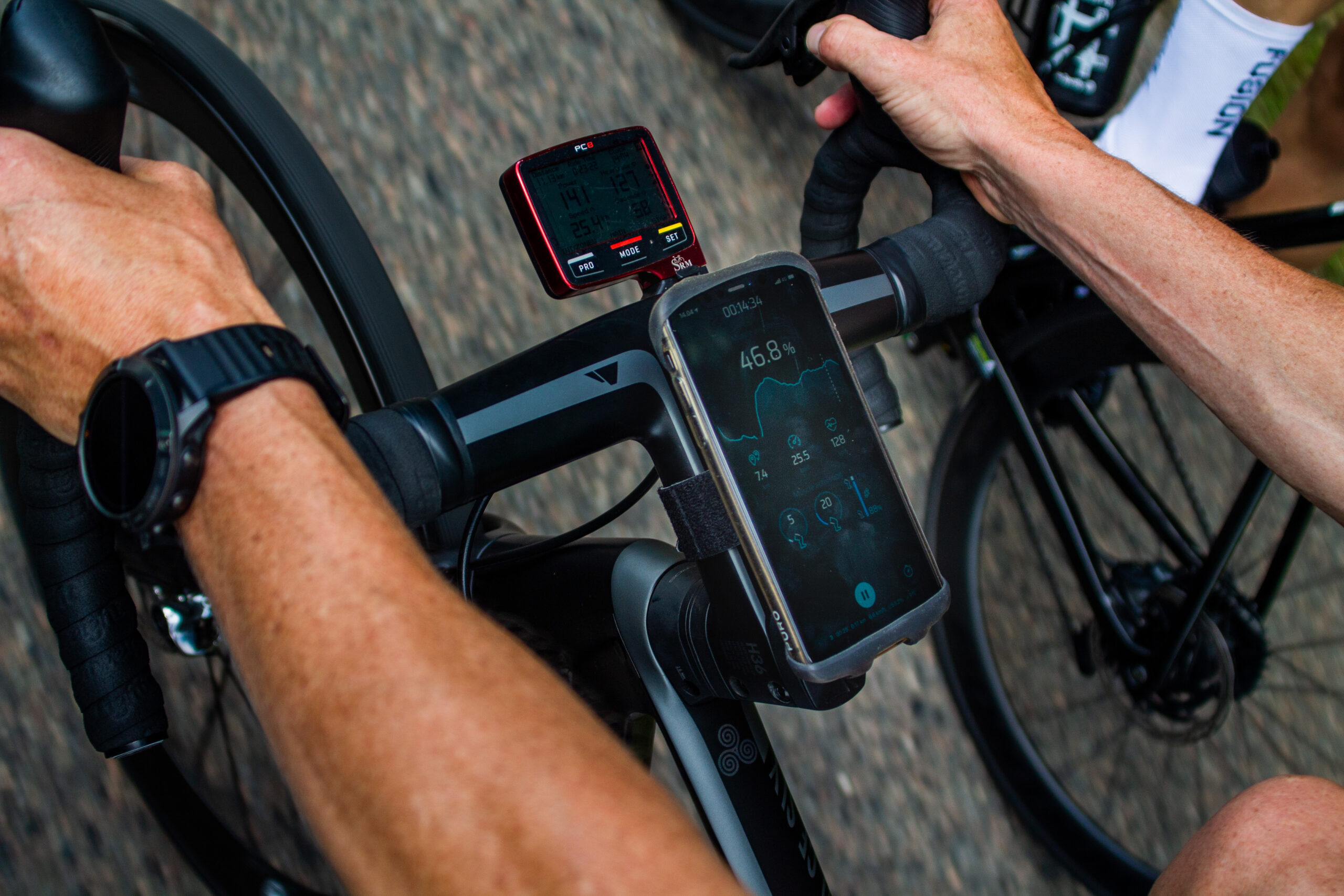
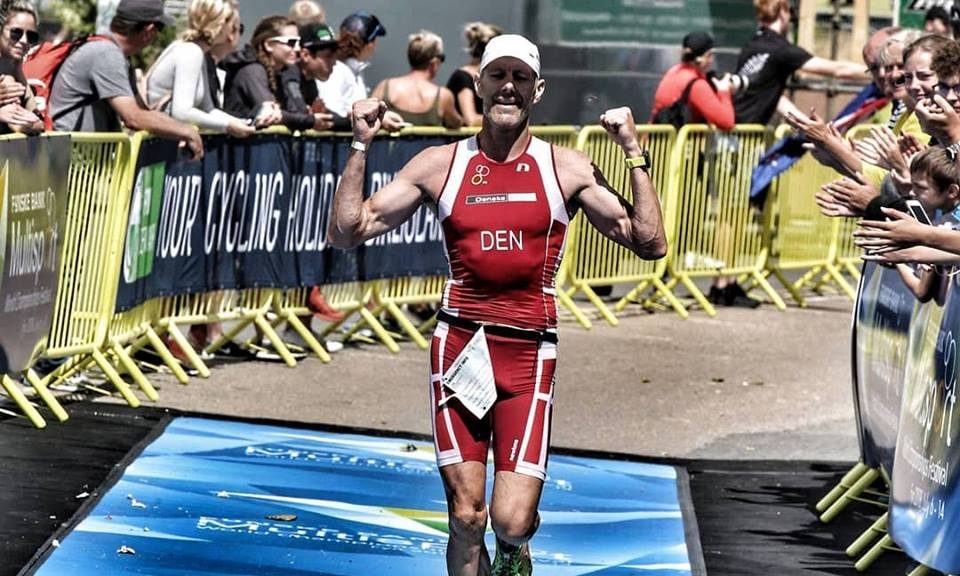

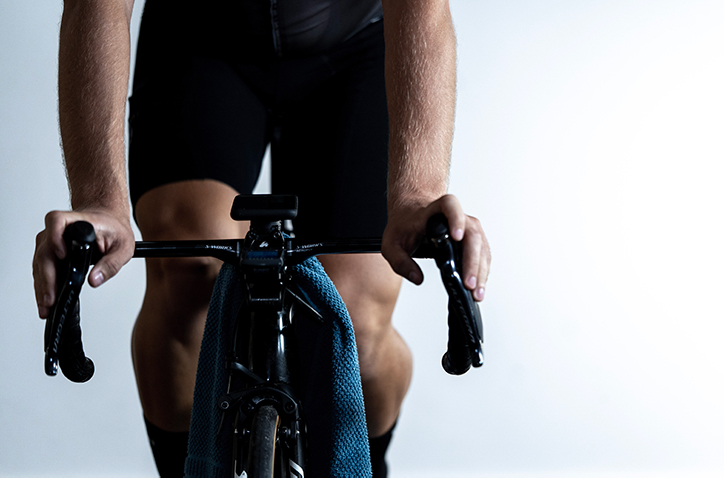
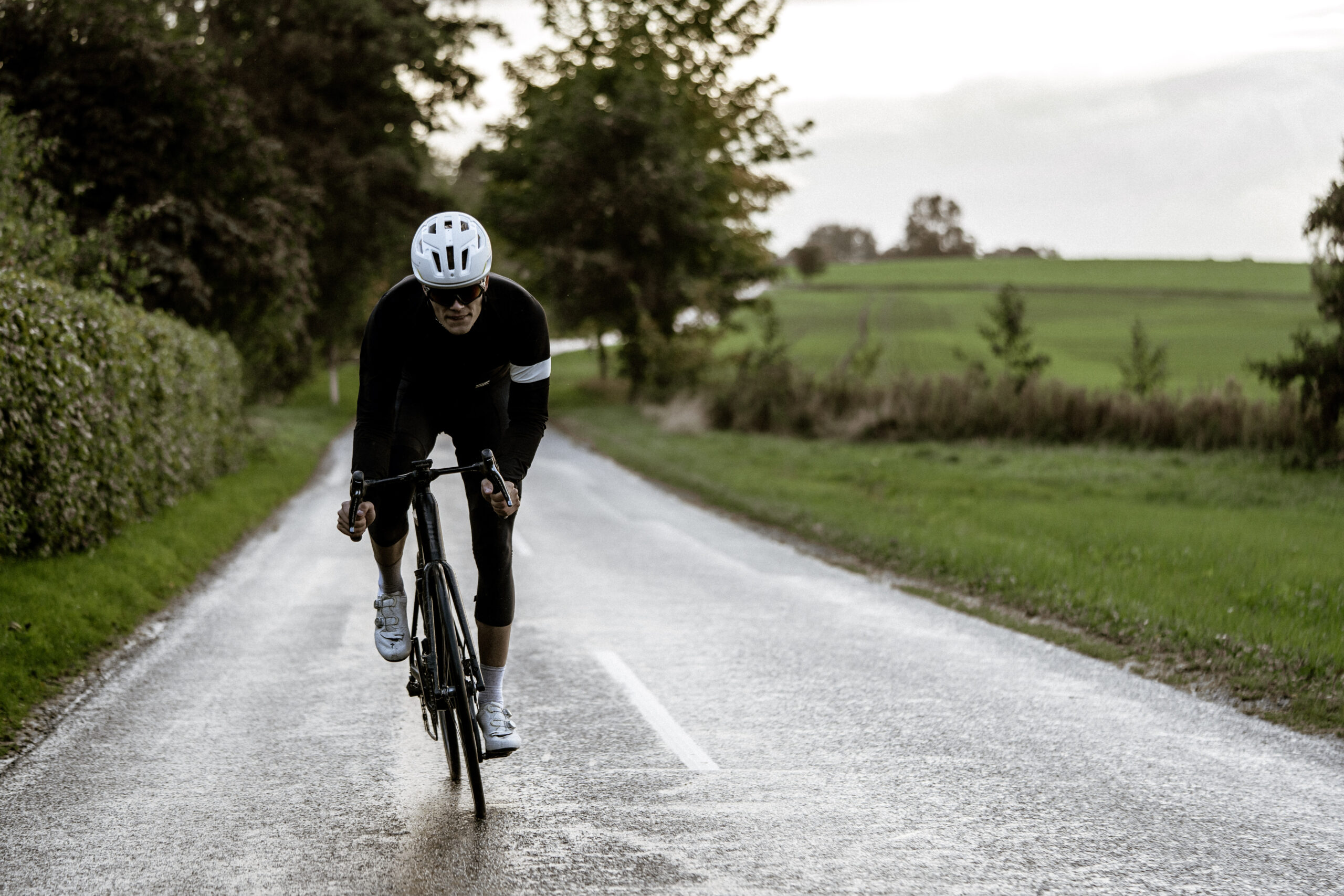
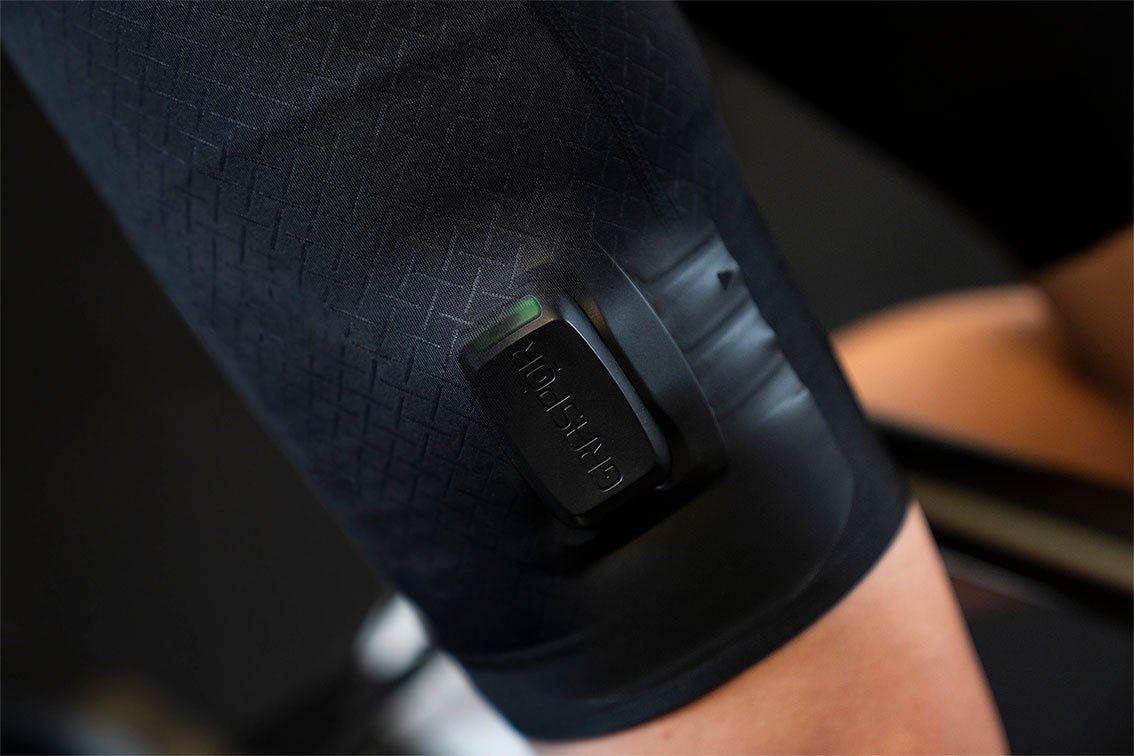
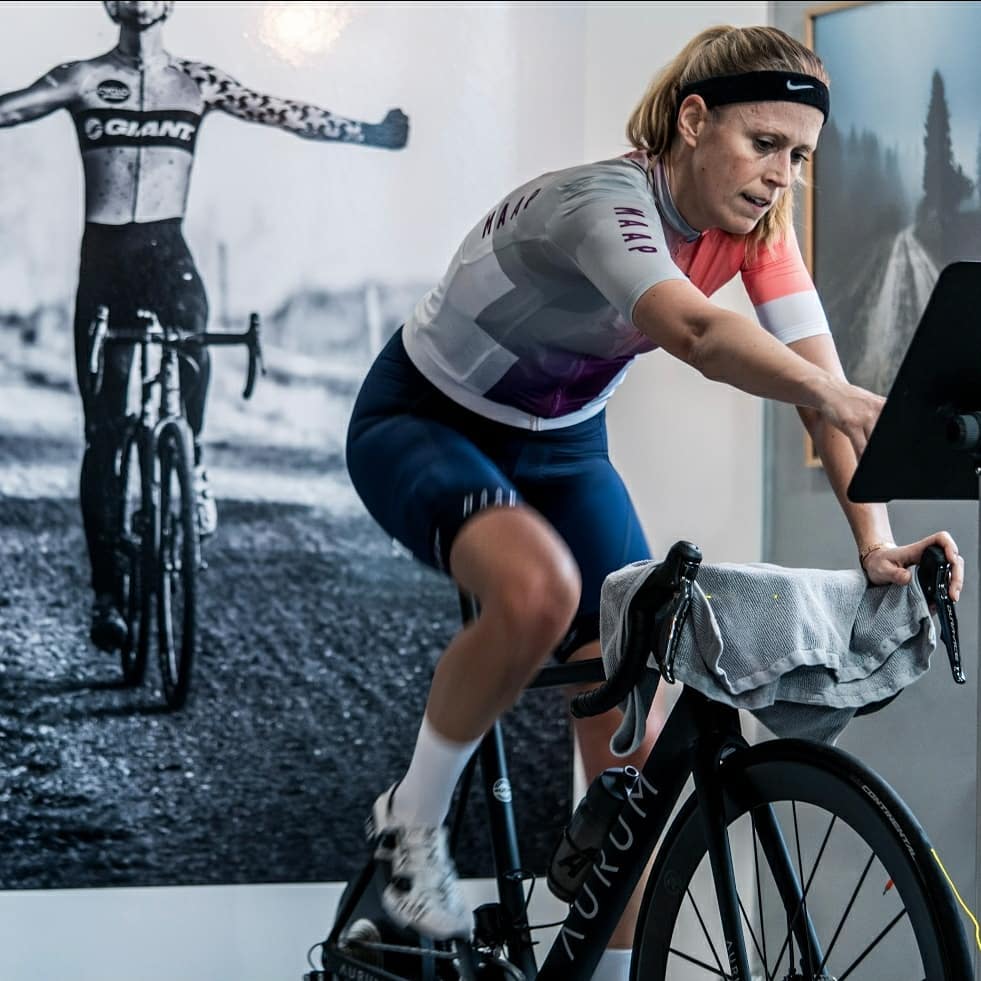
whoah this blog is fantastic i like reading your posts. Stay up the great paintings! You understand, many persons are hunting around for this information, you could aid them greatly.